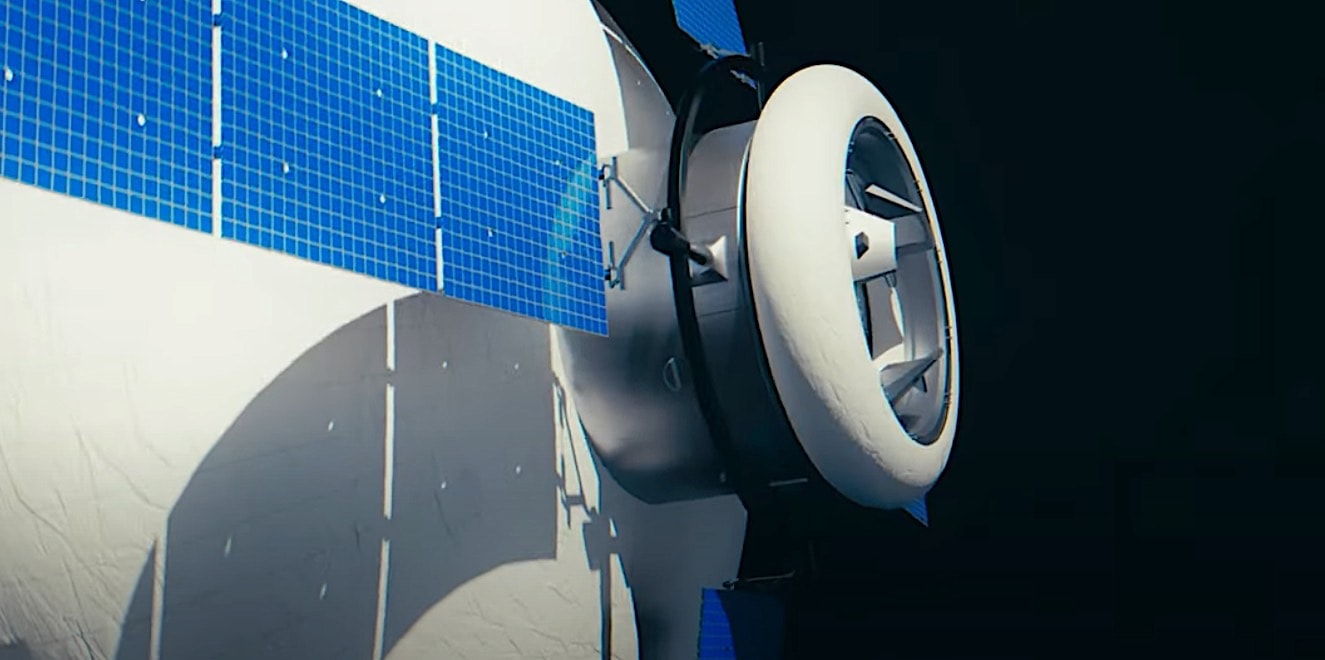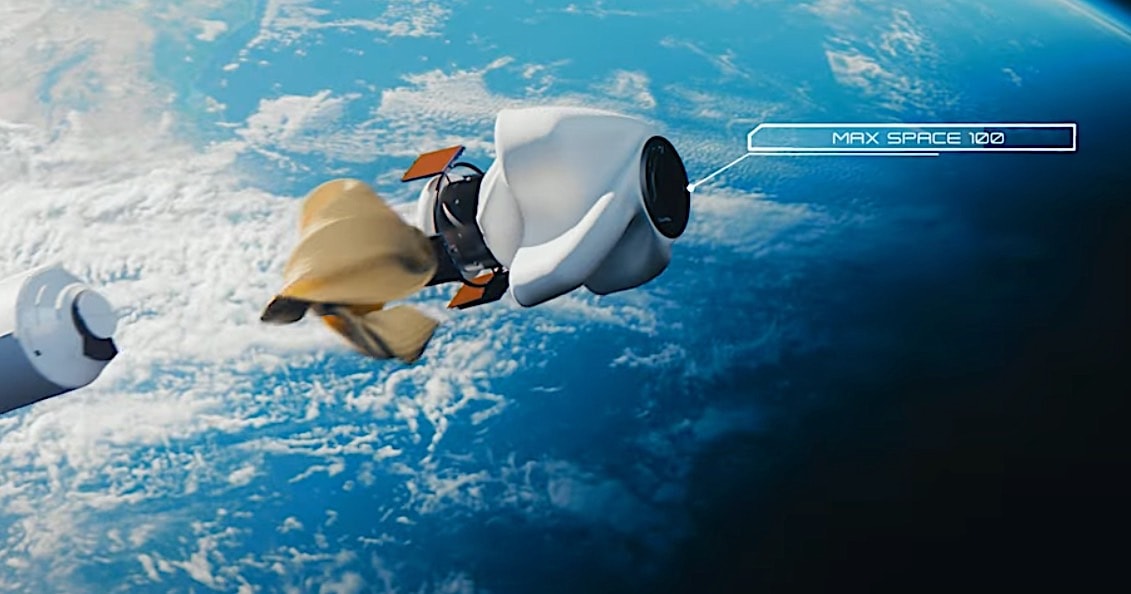In the field of space exploration, inflatable space habitats have captured imaginations as a novel concept. Although conceived as far back as the 1960s during the peak of the original space race, it wasn’t until private space pioneers revolutionized space accessibility with cost-effective launches that inflatables gained prominence.
Currently, humanity’s presence beyond Earth is sustained by two main space stations: the International Space Station (ISS), jointly operated by the United States, Russia, and other partners, and the Chinese Tiangong.
These stations were meticulously assembled in orbit after launching their primary components from Earth in fully operational states. Traditionally, metallic structures and modules were the go-to choice due to their perceived strength against the harsh conditions of space.

However, this traditional approach has significant drawbacks, primarily concerning cost and size limitations. Take the ISS, for example. This pioneering orbital laboratory required a staggering 30 separate launches over ten years, accumulating a total cost of $100 billion. Despite this investment, it can only accommodate up to seven occupants at a time within its 935 cubic meters of volume.
This groundbreaking technology, announced during the 39th Space Symposium, introduces an expandable architecture that allows for scalable habitats, decomposing the pressure shell into uncoupled structural elements. Max Space aims to demonstrate its first habitat’s capabilities in a 2026 test flight, with plans to produce a range of sizes from 20 to 1,000 cubic meters.
With potential applications spanning from orbital stations to lunar and Martian outposts, the success of Max Space’s endeavor could redefine humanity’s relationship with space exploration. However, whether Max Space will emerge as a pioneering force in space technology remains to be seen.

